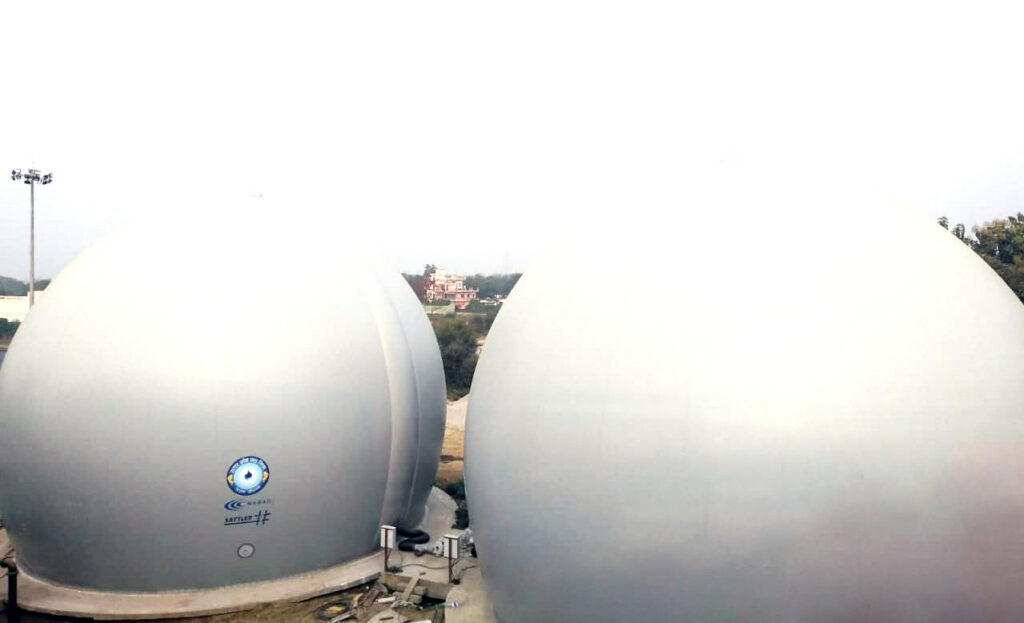Client
Bangalore Water Supply and Sewerage Board (BWSSB)
Location
Dinapur, Varanasi, India
Capacity
140,000 m³/day
140 MLD Dinapur STP: Pioneering Green Energy for a Cleaner Ganga in Varanasi
WABAG was awarded the contract to design and build a first-of-its-kind sewage treatment plant (STP) in Dinapur, Varanasi, with a capacity of 140 million litres per day (MLD). This project marks a significant step towards reducing pollution in the River Ganga and is funded by JICA as part of the “Namami Gange” mission. The plant employs an activated sludge process powered by green energy derived from biogas produced during anaerobic sludge digestion, significantly reducing its carbon footprint and operational costs. Commissioned in 2018, the plant has been operated by WABAG ever since.
Project Features:
- Scope: DBO – Turnkey execution of a sewage treatment plant, including design, engineering, construction, and a 10-year operational maintenance period.
- Treatment Process:
- WWTP: Preliminary and Pre-Treatment, Activated Sludge Treatment with Secondary Clarifiers , Final Disinfection.
- Sludge Treatment: Sludge Thickening, Anaerobic Digestion (4 Digester à 3,865 m3). Sludge dewatering and drying.
- Biogas handling system: Biogas Engine (3 Nos. à 828 kWh). Biogas Holders: 4,000 m³/day balloon-type double membrane gas holders, the largest of its kind in India. Biogas scrubber and Flare.
- Impact: The Dinapur STP has significantly contributed to reducing the volume of untreated sewage flowing into the River Ganga by 50%, making Varanasi cleaner and healthier. The plant’s green energy generation from biogas has not only reduced the facility’s carbon footprint but also lowered operational costs, aligning with the Hon. PM’s vision of powering India through renewable energy. Additionally, the project has increased Varanasi’s overall sewage treatment capacity from 102 MLD to 242 MLD, further supporting the mission to rejuvenate the sacred Ganga river and enhance the quality of life in the region.


